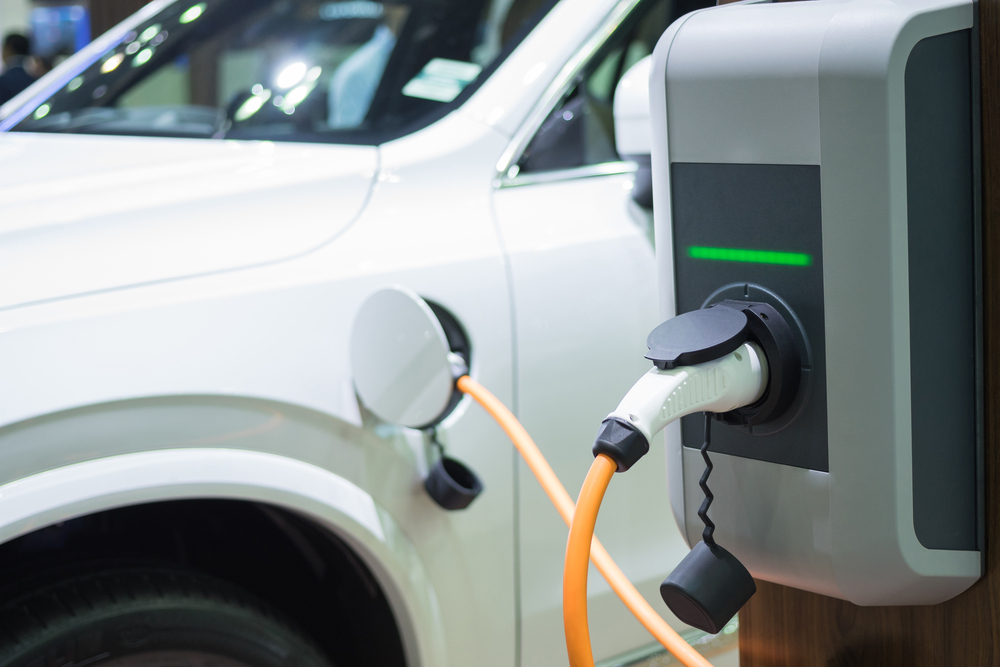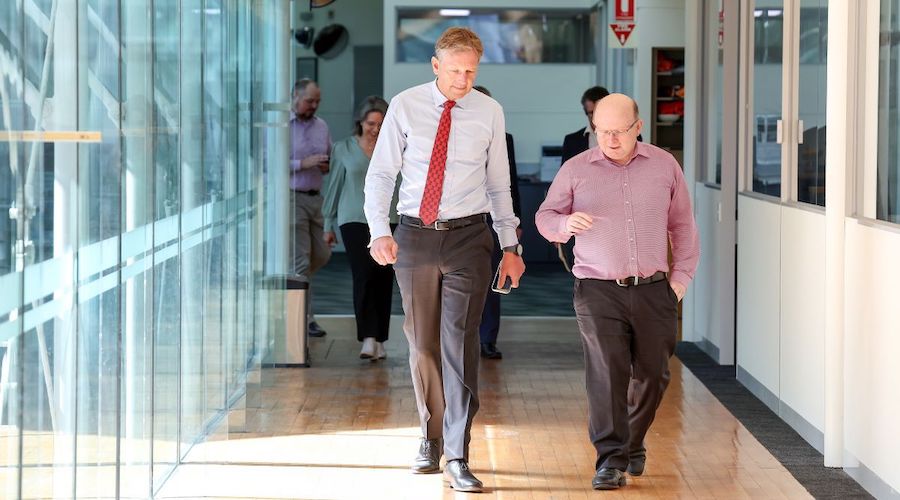After shaking up nickel, China’s Tsingshan sets sights on lithium

Tsingshan Holding Group, the Chinese firm that shook the nickel world by rapidly boosting output in Indonesia, is among the latest entrants to the white-hot lithium sector, potentially making it a one-stop shop for electric vehicle (EV) battery ingredients.
Tsingshan, predominantly a stainless steel maker, came out of nowhere to become the world’s top nickel producer in 2018 thanks to its pioneering use of low-grade nickel pig iron.
It and fellow Chinese company Chengxin Lithium Group Co will produce 60,000 tonnes per year of lithium chemicals at a lithium processing facility in Indonesia, Chengxin has said in a company filing, the first announcement of such a plant in the country.
Added to the battery-grade nickel and cobalt production already under development at its Indonesia facilities, the lithium supplies would make Tsingshan a major scale producer of three key ingredients required for EV and other rechargeable batteries.
Tsingshan did not respond to a request for comment on its lithium plans, but a company executive told Reuters the “battery business will become a new core business.”
Tsingshan owns 35% of the project, and Chengxin 65%. The partners will use their own funds for 30% of the financing for the $350-million plant, with 70% to come from loans, according to the filing.
No start date for the lithium plant has been given, and it still faces challenges. A Chengxin official told Reuters it will need 450,000 tonnes of lithium concentrate annually for the project, all from hard-rock lithium ore.
Unlike nickel and cobalt, which are found around Tsingshan’s operations in Indonesia, no known lithium deposits are being mined in the country. That means the partners will need to look overseas for supply of lithium-rich minerals such as spodumene to feed the plant.
“It is possible Chengxin can secure additional offtake … but it is likely the competition for the spodumene concentrate will be fierce,” said Wood Mackenzie analyst Allan Pedersen.
Chengxin said it would “work with partners to ensure supply of raw materials for the project,” noting it was still at an early stage.
The Shenzhen-based company pointed out it had recently expanded its upstream resource base through acquisitions in Argentina and Zimbabwe. It also has a stake in Huirong Mining, which is exploring a lithium mine in China’s Sichuan province.
Tsingshan itself is targeting annual production of 24,000 tonnes of lithium carbonate equivalent in Argentina after teaming up with France’s Eramet and is set to make lithium iron phosphate (LFP) battery materials in Indonesia with Jiangsu Lopal Tech Co Ltd, Tsingshan’s partners have said.
Indonesia’s proximity to Australia will also help, experts say. Australia is by far the world’s biggest spodumene supplier and is expected to drive 51% of the global increase in lithium raw material supply in 2020-25, said analyst Alice Yu of S&P Global Market Intelligence.
Energy transition trio
Tsingshan already plans annual output of at least 230,000 tonnes of battery-grade nickel and around 27,000 tonnes of cobalt with other partners in Indonesia. When the lithium plant goes on stream, it would give Tsingshan substantial volumes of a trio of metals tied to the energy transition.
Tsingshan’s lithium would also advance the government of Indonesia’s ambitions to become a leading player in the EV supply chain, following large investments in the country by battery makers LG Chem Ltd and Contemporary Amperex Technology Co Ltd (CATL).
Indonesia aims to produce 140 gigawatt hours worth of batteries by 2030, while it would need around $35 billion investment to develop an EV ecosystem, which includes EVs, battery facilities, charging stations, battery recycling and swap facilities, in five to ten years, officials have said.
Earlier this year, the government launched Indonesia Battery Corporation, a state-owned enterprise aimed at developing the country’s battery sector.
“The Chengxin/Tsingshan lithium plant in Indonesia stands to benefit from domestic demand, and is strategically placed to be the lithium supplier of choice for battery makers domestically who will not need to pay shipping charges they otherwise would have to pay in order to import lithium,” said Sabrin Chowdhury, an analyst at Fitch Solutions.
Tsingshan is also expected to benefit from a planned 2 gigawatt clean energy power plant project in Indonesia that will help reduce the company’s power costs and heighten its appeal as a low-emissions supplier of key EV materials.
But Tsingshan also has to overcome the fundamental challenge of profitably producing refined lithium products from scratch.
By converting locally-abundant low-grade nickel pig iron in mass scale into higher-grade nickel matte – an intermediate product that can be used to make both stainless steel and batteries – the company demonstrated a technological acumen that put it on the radar of anyone tracking the EV supply chain.
Questions remain over whether it can perform a similar feat with much scarcer lithium, which has its own unique geological characteristics.
“Whether they can challenge the Big 5 in the lithium space is questionable,” said Gavin Montgomery, a director at Wood Mackenzie, referring to lithium giants Albemarle Corp, Ganfeng Lithium Co Ltd, SQM, Tianqi Lithium Corp and Livent Corp.
“But people should never underestimate Tsingshan.”
(By Mai Nguyen, Tom Daly and Fransiska Nangoy; Editing by Gavin Maguire and Raju Gopalakrishnan)
{{ commodity.name }}
{{ post.title }}
{{ post.date }}


Comments